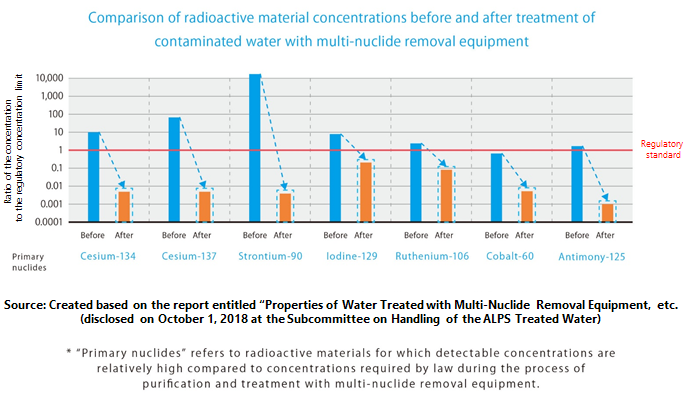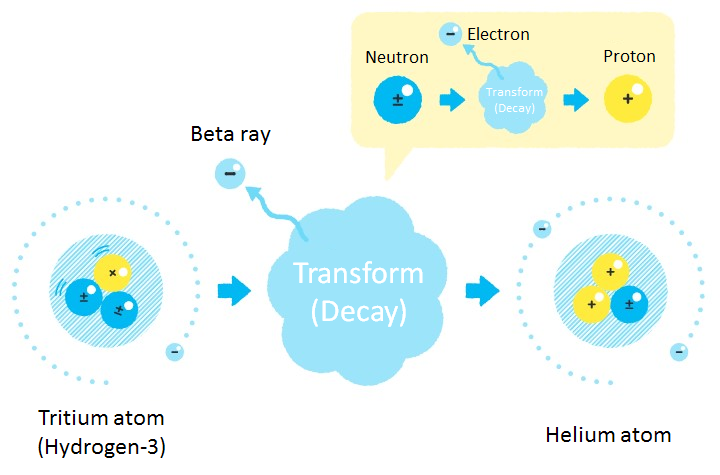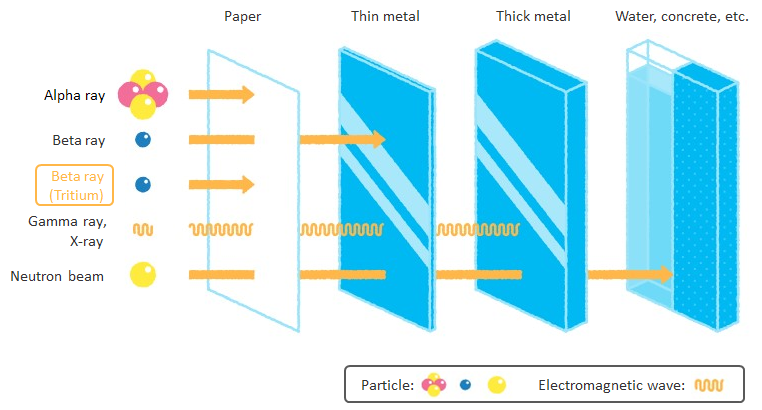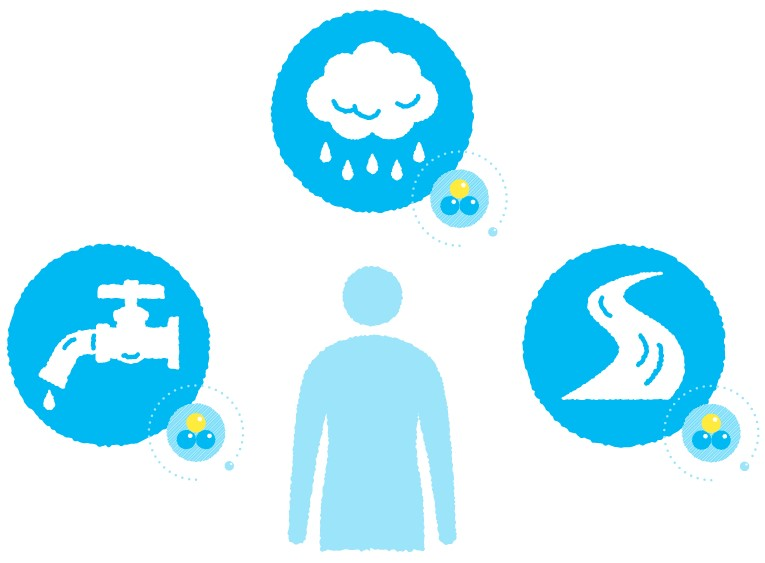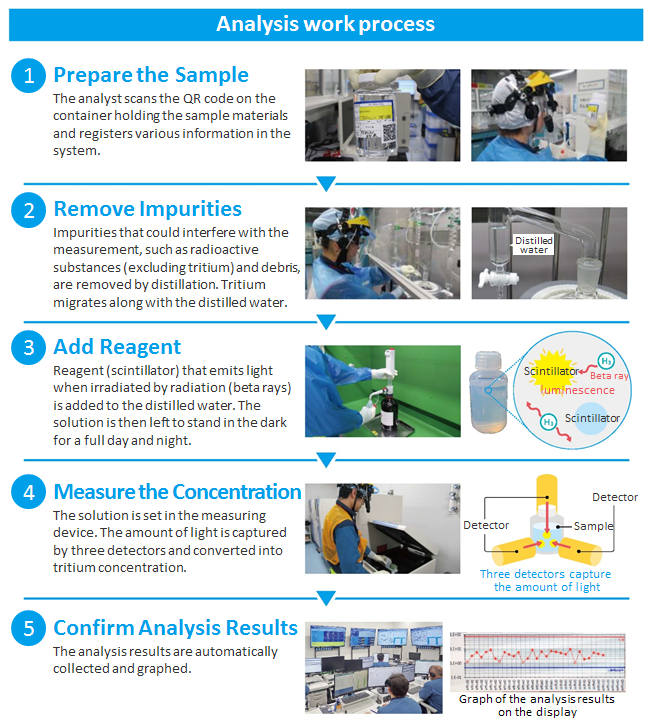Our radiological environmental impact assessment regarding the discharge of ALPS treated water into the sea was performed in compliance with the international standards, which consider the potential accumulation in the environment and the bioaccumulation through the food chain. The results suggest that the impact on public and the environment is extremely small. Furthermore, these results have been verified by the Nuclear Regulation Authority and reviewed by the International Atomic Energy Agency (IAEA).
In our radiological environmental impact assessment regarding the discharge of ALPS treated water into the sea, we have considered the potential accumulation of radioactive substances discharged into the environment and bioaccumulation through the food chain. The result of the assessment, which was performed in compliance with internationally recognized scientific standards, shows that the impact on public and the environment is extremely small*.
This radiological environmental impact assessment was implemented based on the "Basic Policy on handling of ALPS treated Water at the Tokyo Electric Power Company Holdings’ Fukushima Daiichi Nuclear Power Station (Government decision of April 2021)". As part of the approval process for the application for approval to amend the implementation plan under the Act on the Regulation of Nuclear Source Material, Nuclear Fuel Material, and Reactors, the Nuclear Regulation Authority has confirmed the assessment result.
Furthermore, we have explained our methodology and results of the assessment to the IAEA. In the IAEA's comprehensive report, they confirmed that our assessment method considers long-term releases without underestimating potential impacts, and the resulting impacts on public and the environment are negligible.
* For example, the public impact assessment assumes that an individual is at sea for 120 days a year within a 10 kilometer radius of the Fukushima Daiichi Nuclear Power Station, stays on the coast 3km north of the power station for 500 hours, swims in the sea for 96 hours, and consumes an average of 58 grams of Japanese fish daily. In this scenario, the evaluated radiation dose is less than 1/30,000 of the general public's dose limit (1 millisievert per year). Moreover, for marine organisms like flounder and brown algae, the evaluated impact result is less than 1/1,000,000 of the standard proposed by the International Commission on Radiological Protection (ICRP). For crabs, it's evaluated to be less than 1/10,000,000 of the standard.




